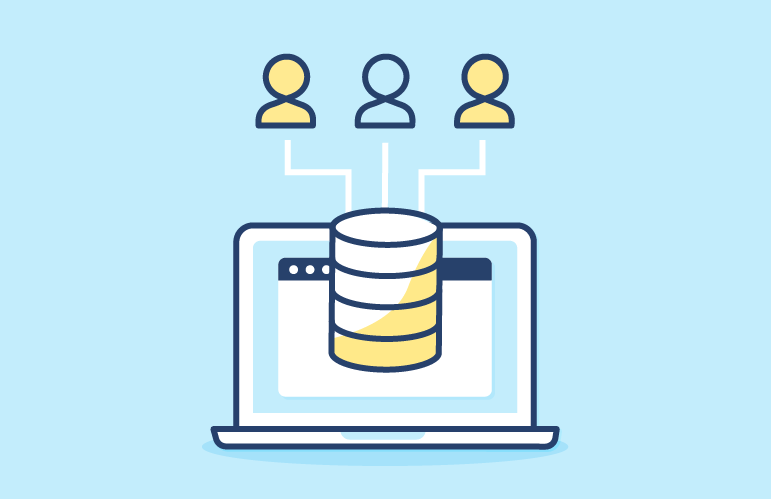Introduction
In an era where digital transformation is reshaping industries, enterprises face a critical challenge: harnessing vast amounts of customer data to drive strategic decisions and improve customer experiences. With fragmented data residing in disparate systems, enterprises often struggle with inefficiencies, data silos, and missed revenue opportunities.
Customer Data Platforms (CDPs) have emerged as a pivotal solution for enterprises seeking to consolidate, analyze, and activate customer data across multiple touchpoints. By providing a unified customer view, CDPs empower businesses to enhance personalization, optimize marketing spend, and drive revenue growth.
This enterprise insight explores:
- The role of CDPs in enterprise digital transformation
- Key business benefits for large organizations
- Strategic considerations for CDP adoption
- Case studies of successful CDP implementation
- Future trends shaping CDP evolution
The Role of CDPs in Enterprise Digital Transformation
CDPs are more than just marketing tools—they are enterprise-wide enablers of data-driven decision-making. Unlike traditional CRMs and DMPs, CDPs integrate and unify first-party, second-party, and third-party data, providing actionable intelligence across departments including marketing, sales, customer service, and operations.
Enterprises leveraging CDPs can:
- Break down organizational data silos
- Improve customer lifetime value (CLV)
- Enable real-time decision-making
- Enhance data security and compliance with regulations like GDPR and CCPA
- Drive AI-powered predictive analytics for business optimization
Key Business Benefits of CDPs for Enterprises
1. Holistic Customer Intelligence & Personalization
CDPs aggregate structured and unstructured data from multiple touchpoints, enabling enterprises to create hyper-personalized experiences. Real-time insights allow businesses to deliver:
- Customized product recommendations
- Dynamic pricing strategies
- Personalized customer journeys
2. Enhanced Marketing ROI & Efficiency
By unifying audience data, enterprises can optimize customer segmentation, improve targeting accuracy, and reduce marketing waste. Benefits include:
- Higher conversion rates through precise targeting
- Reduced customer acquisition costs (CAC)
- Enhanced cross-channel attribution and measurement
3. Operational Efficiency & Cost Reduction
Enterprises often struggle with data fragmentation across multiple software solutions. A CDP streamlines operations by:
- Reducing reliance on IT for data integration
- Automating segmentation and audience activation
- Eliminating redundant data processing costs
4. Compliance & Data Governance
As regulatory scrutiny on data privacy increases, enterprises must ensure compliance. CDPs provide:
- Centralized data security and encryption
- Consent management and user preference tracking
- Auditable data access logs for regulatory reporting
5. AI-Powered Insights & Predictive Analytics
Advanced CDPs integrate with machine learning models to forecast customer behavior, enabling:
- Churn prediction and proactive retention strategies
- Next-best-action (NBA) recommendations
- Real-time customer sentiment analysis
Strategic Considerations for CDP Adoption
When adopting a CDP, enterprises must evaluate several key factors:
1. Scalability & Integration Capabilities
Ensure the CDP can integrate with existing ERP, CRM, and marketing automation platforms while supporting future growth.
2. AI & Automation Features
Prioritize CDPs that offer predictive analytics, AI-driven segmentation, and automated campaign orchestration.
3. Security & Compliance Standards
Choose a CDP with built-in regulatory compliance tools, encryption, and user permission controls.
4. Real-Time Data Processing
For enterprises requiring instant decision-making, CDPs should support real-time data ingestion and activation.
5. Enterprise-Wide Adoption & Change Management
Ensure organizational buy-in by aligning marketing, IT, and C-suite stakeholders around CDP deployment.
Case Studies: Successful CDP Implementation in Enterprises
1. Retail: Personalization at Scale
A global retailer implemented a CDP to unify in-store and e-commerce data. The result:
- 30% increase in customer retention
- 25% improvement in email campaign conversions
- 20% higher average order value
2. Financial Services: AI-Powered Customer Insights
A leading bank leveraged a CDP for real-time fraud detection and personalized financial product recommendations, reducing fraud losses by 40%.
3. Healthcare: Improved Patient Engagement
A healthcare provider utilized a CDP to consolidate patient data from various touchpoints, improving appointment scheduling efficiency by 35%.
Future Trends Shaping the Evolution of CDPs
1. AI-Driven Automation & Hyper-Personalization
AI-powered CDPs will further refine real-time personalization, adapting dynamically to customer behavior.
2. Blockchain for Data Security
Enterprises will explore blockchain technology for enhanced customer data security and transparency.
3. Expansion Beyond Marketing
CDPs will evolve into enterprise data platforms, integrating with HR, supply chain, and finance operations.
4. Privacy-First CDP Architectures
With increased regulatory scrutiny, CDPs will incorporate zero-party data strategies to enhance compliance and user trust.
Conclusion
For enterprises navigating the complexities of digital transformation, Customer Data Platforms (CDPs) are a game-changer. By unifying customer data, automating segmentation, and enabling AI-powered decision-making, CDPs empower businesses to enhance customer engagement, optimize operations, and drive long-term profitability.
As the CDP landscape continues to evolve, enterprises must stay ahead by choosing scalable, compliant, and AI-driven solutions that align with their long-term strategic goals.
🚀 Unlock enterprise growth with the power of a CDP today!

